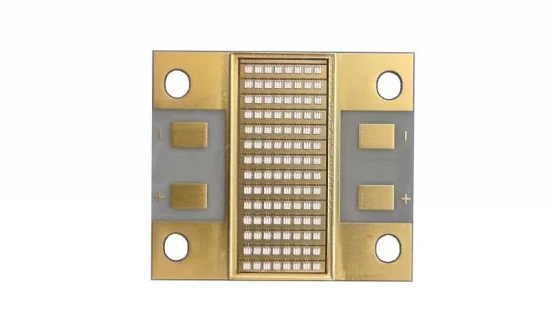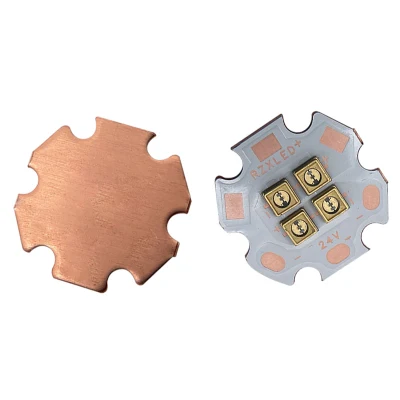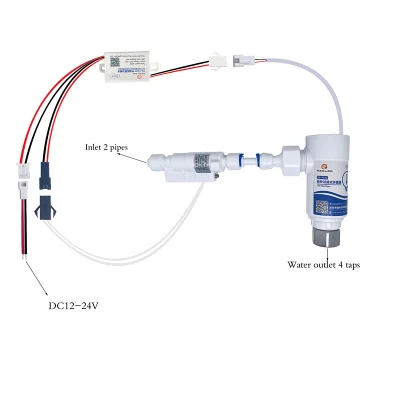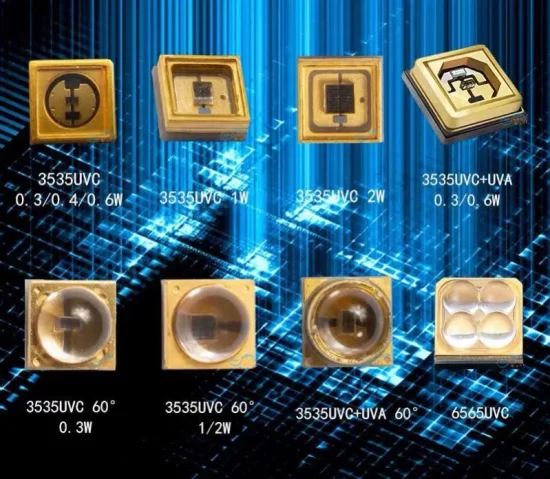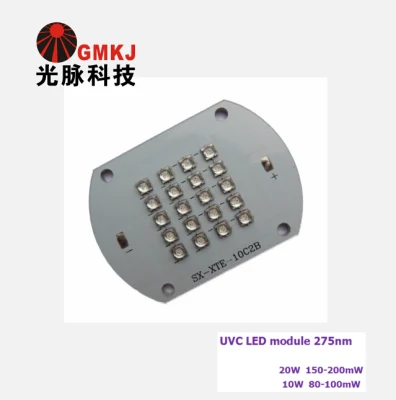
UVC LED Chip UVC LED Module for Sale
Description
Basic Info.
| Model NO. | GG-3535UVC-1002 |
| Warranty | 3 Years |
| Wire Material | Pure Gold |
| Forward Current | 40mA |
| Wavelength | 270-280nm |
| Voltage | 5-7V |
| Power | 0.25 |
| Transport Package | 1000PCS/Bag |
| Specification | 3535 led |
| Trademark | GM |
| Origin | China. Shenzhen |
| HS Code | 8541401000 |
| Production Capacity | 360000/Month |
Product Description
uvc led module uvc led 275nm for saleApplication:
Disinfection, Phototherapy, Fluorescent Spectroscopy, Sensor Light, Bio-Analysis / Detection, Counterfeit Detectors, etc
Chip Brand: LG or Michia Base Material: High Thermal conductivity Aluminum Nitride Base Wire Brand: Germany Heraeus Gold wire. Radiant Power: 2-4mw or 5-8mwForward Current: 40mA or 100mA Forward Voltage: 5-7v Dimension: 3.5x3.5 x1.35mm View angle: 120 degree Working Temperature: -30ºC -- + 60ºC Certificates : LM-80. CE. Rohs,Fcc . Loading time: 5 workdays for qty<10.000pcs / 12 workdays for qty <50.000pcsPayment Terms: 50% TT Before Production. Balance before Delivery .
Product Dimension:
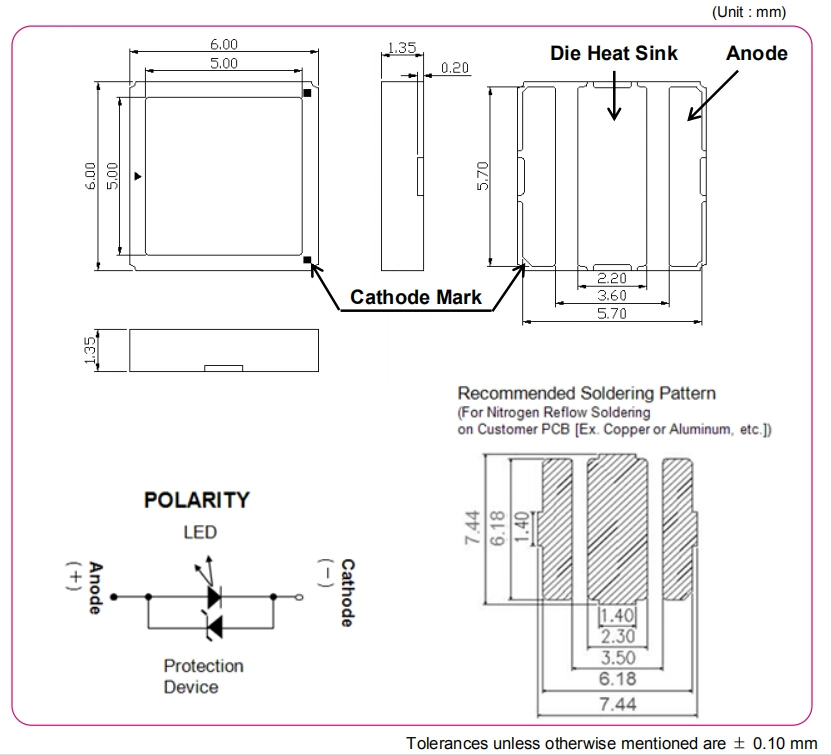
Absolute Maximum Rating:
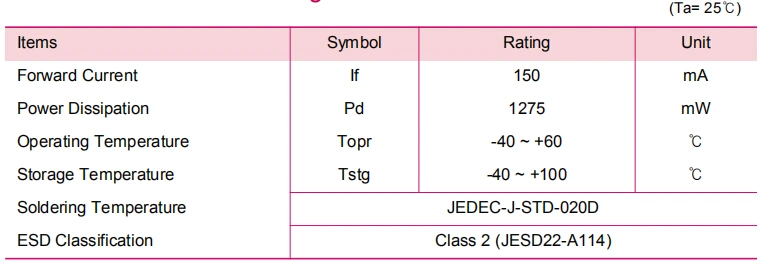
*Operating the LED beyond the listed maximum ratings may affect device reliability and cause permanent damage. These or any other conditions beyond those indicated under recommended operating conditions are not implied. The exposure to the absolute maximum rated conditions may affect device reliability. *The LEDs are not designed to be driven in reverse bias.
Electro-Optical Characteristics
Several questions about UVC LED disinfection and UVC wavelength
What is the "sterilizing range" of UV?
According to the International Ultraviolet Association, "the ultraviolet spectrum (the 'sterilization' region) that is important for water and air disinfection is the range absorbed by DNA (RNA). This sterilization range is about 200-300nm."
It is known that the bactericidal range extends above 280 nm, and it is now generally considered to extend to 300 nm, however this may also change with more research. Scientists have shown that ultraviolet light with a wavelength between 280nm and 300nm can be used for disinfection and sterilization.
What is the optimal wavelength for disinfection?
There is a misunderstanding that 254nm is the optimal wavelength for disinfection because the peak wavelength of a low-pressure mercury lamp (determined solely by the physics of the lamp) is 253.7nm. The wavelength of 265 nm is generally considered to be optimal because this wavelength is the peak of the DNA absorption curve. However, a range of wavelengths have disinfection and sterilization effects.
Ultraviolet mercury lamps were once considered the best choice for disinfection and sterilization. Why is this?
Historically, mercury lamps have been the only option for disinfection and sterilization. With the advancement of UV LED technology, there are new options because LEDs are smaller, more powerful, non-toxic, longer life, more energy efficient, and allow more switching times. This makes the solution smaller, battery-powered, more portable, and capable of instant full-light output.
What is the difference in wavelength characteristics between UVC LEDs and mercury lamps?
Low-pressure mercury lamps emit nearly monochromatic light with a wavelength of 253.7 nm. Low-pressure mercury lamps (fluorescent tubes) and high-pressure mercury lamps are also used for disinfection and sterilization. These lamps have a broader spectral distribution, including wavelengths used for sterilization. UVC LEDs can be focused on a narrow range of specific wavelengths, which allows the solution to be tailored to specific application needs.
Does the peak absorption wavelength of DNA vary by bacteria?
Yes. Different types of peak absorption wavelengths are indeed different, but most of them are around 265nm.
Can a single wavelength eliminate all bacteria?
Yes, a single wavelength can be used. However, bacteria have different optimal absorption wavelengths.
How is the bactericidal effect determined?
Generally, power intensity, wavelength, and duration of irradiation are used to determine the bactericidal effect. For example, in water, there may be multiple bacteria with different optimal absorption wavelengths. For any given wavelength of germicidal UV, the power and time of irradiation need to be calculated to achieve the desired level of disinfection.
Company Introduction:
Shenzhen Guangmai Electronics Co.,Ltd is a High-Tech firm founded in 2005 with registered capital 30 million RMB. We specialize in the development of LED products, owning a experienced and skilled engineer team team to meet customers' demand.We are the first choice for lighting project in LED.
With many years of led technology and rigorous management,we received the praise and trust from clients.Our philosophy is " focus on technology,provide the best LED" ,making good quality products and bringing more value to our clients.We are your honesty partner in the world and make a contribution to the green light industry.GMKJ is fighting to achieve the goal of "To be the best LED lighting supplier" .
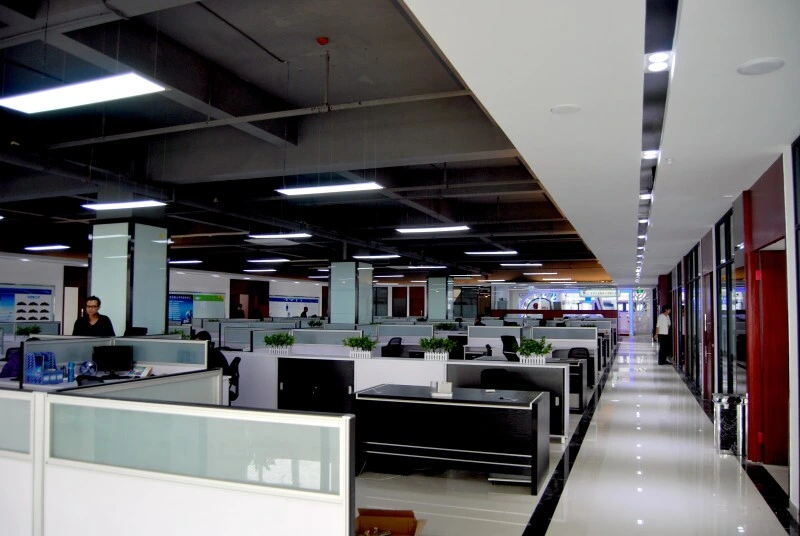
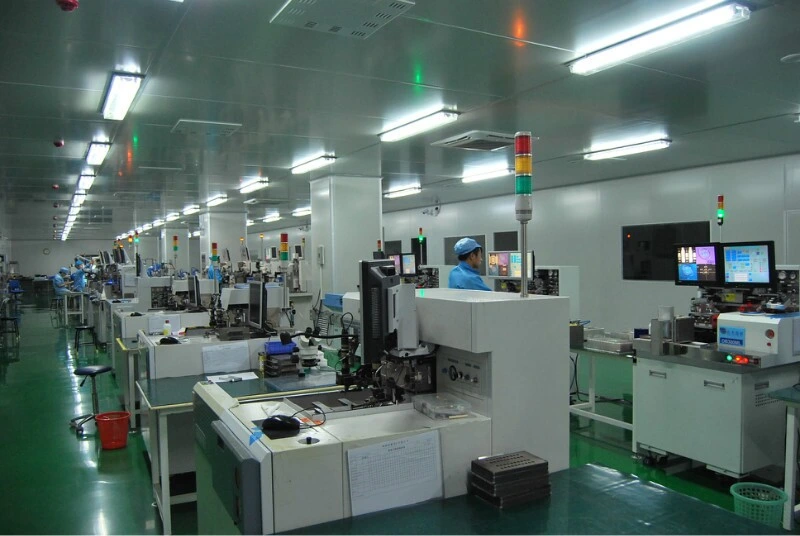
Our Contact


